Title: The Art of Reframing Failure: Your Lever for Recovery & Revolution
Transformation never stems from complacency; instead, it emerges from the burning coals of failures. It is said, most people perceive failure as a destination, not realizing, it’s but a fleeting moment that can be transcended. When looked from a different paradigm, failure can stop being the villain and instead transform into a guide helping us chart a more rewarding journey.
The first step is to repaint failure, not as a death sentence, but a course correction. Normalizing failure is essential, as Thomas Edison said, “I have not failed. I’ve just found 10,000 ways that won’t work.” In our zeal to celebrate success, we mustn’t shun failure. It is as much part of our journey as success, perhaps even more important as it serves as the stepping stone towards achieving success.
We’ve all heard the fable of the phoenix, this majestic creature that rises renewed from the ashes of its predecessor. It is metaphorical of the human spirit’s resilience, our ability to rise from our failures, stronger, wiser and more determined. Helplessness is not a decree – it’s a choice. It’s empowering to realize that we have control over our failures – not just the interpretation but the education accrued from it.
Success possible at the first attempt is seldom monumental; it lacks the grit and the endurance that shapes anything remarkable. Failure fosters learning, growth, and resilience. Detach failure from your self-worth and look at it as feedback, a moment of learning that has nothing to do with your value as a person. A setback is never an indicator of your future possibilities as much as it is a mirror to your past choices and habits.
When we embrace mistakes, we pivot from shame and embarrassment to fearlessness and innovation. It encourages risk-taking, pushing boundaries, shattering ceilings, and propagating transformation. Each failure carries a lesson, an opportunity wrapped in the cloak of adversity. By embracing failure, each setback becomes a comeback waiting to happen.
We often shudder at the idea of failure—a fear that cuts through societal norms, habits, and conditioning. In my view, we need to shift this narrative. Instead of stigmatizing failure, we should offer it the reverence it demands and deserves. However, to do so, one must disconnect from external noise, stand strongly grounded in one’s vision, and focus on learning and progress. Of course, it comes with its hurdles; after all, the allure of public opinion remains overwhelmingly tempting. Yet, it is only when you close the door on societal connotations and open your heart to embracing failure, do you truly begin sundancing with the idea of growth, success, and innovation.
Our lives are not dictated by what happens to us, but by how we react to the event. So, how do we respond to failure? Do we shy away, allowing it to engulf our spirit, or do we rise, shaking off the disappointment and using it as a fuel for the journey ahead?
Changing the narrative around failure involves reframing it as a catalyst, not a roadblock. An event that triggers growth and facilitates development, instead of acting as an inhibitor. Because ultimately, failure is nothing more than a result—the outcome of an action or a series of actions. It does not define us; it only defines a moment in time, a particular event, a single endeavour.
Possessing this fluid mindset means accepting that failing does not make one a failure. It opens the door for us to step on to the path of relentless pursuit, fostering innovation and creativity. It encourages the idea that the metaphorical ‘light bulb’ doesn’t simply click—it’s a result of relentless attempts and minor adjustments that culminate in that ‘aha’ moment.
Reframing failure requires us to let go of judgement’s security blanket, superseding it with curiosity and a resilient mindset. It begins with transforming our internal dialogue from one filled with self-doubt and criticism to understanding and compassion. And with each setback, instead of asking, ‘Why me?’, we pose a different question: What can I learn from this?
The distinction between temporary setbacks and dead-ends only exists in our attitudes. There is no real failure except the failure to keep trying, and as long as we’re persistent, we’re not failing—we’re in the process of succeeding. It’s the courage to embrace failure that leads to the audacity to dare, to dream, and to do.
So, reframe failure, not as a condemning judgement but as a turning point. Don’t fear it; embrace it. Use every disappointment as an opportunity for self-reflection, improvement, and greater success. It’s only when you’ve tasted, learnt, and grown from failure that you truly value and deserve success.
In essence, the art of refractoring failure doesn’t lie in removing the sting of disappointment. On the contrary, it’s about learning to cherish the sting – for in its pain, carries the seed of a stronger, more resilient you—a you that is primed for success and ready for revolution. Seize every failure and shape it into a “course-corrector,” one that propels you to greater heights.
Remember, we are not the architects of our failures, but rather the sculptors of our success. Treat every setback as an opportunity being set up, as a doorway to transformation. And when you change the way you perceive failure, only then will you alter the relationship failure has with you – making your journey not an uphill battle, but an inspiring, enlightening and empowering voyage of self-discovery, innovation, and revolution.
Here’s to reframing failure—for within it lies the birthplace of innovation and the paradise of relentless resilience. Mindset is everything; alter your own, and you’ve already begun to conquer the world.

